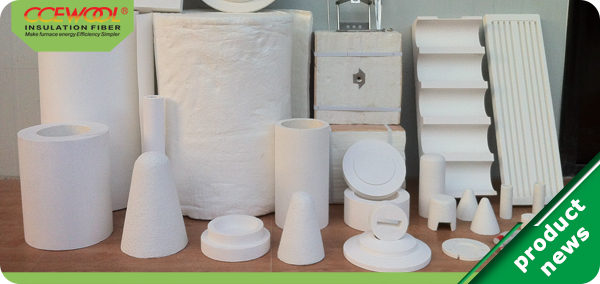
Oct. 30, 2019
There will be a huge waste of energy due to the extensively use of electrical chambers, resistance boxes and other heating and drying equipments when smelting non-ferrous metals. With that being said, reasonable and sustainable use of resources is therefore one of the top priorities for industrial sector. Actually, it is easier to save energy with thermal insulation technology than to tap into new resource. Among many other insulation and refractory materials, aluminum silicate refractory fiber is gaining its attention and is widely used in many industrial applications with its unique properties.

Aluminum sicilate refractory fiber is a new type thermal insulation material. As it is reported, using this fiber as thermal insulation material would make resistance furnace more energy efficient, saving 20% energy or even up to 40% compared with other similar products. There are several features of aluminum silicate refractory fiber.
1. High-temperature Resistance
Aluminum silicate refractory fiber is made from the molten mixture of refractory clay, bauxite and high-purity AL2O3. After cooling and drying process, the fiber with the porosity above 90% could be used to withstand temperature from 1000 to 1300℃. Besides the raw material, the porosity and the air with low thermal conductivity coefficient in the fiber also contribute to its high-temperature resistance property.
The above information is about the features of aluminum silicate refactory fiber used in industrial facilities. We hope this would satisfy your concerns regarding this product.
